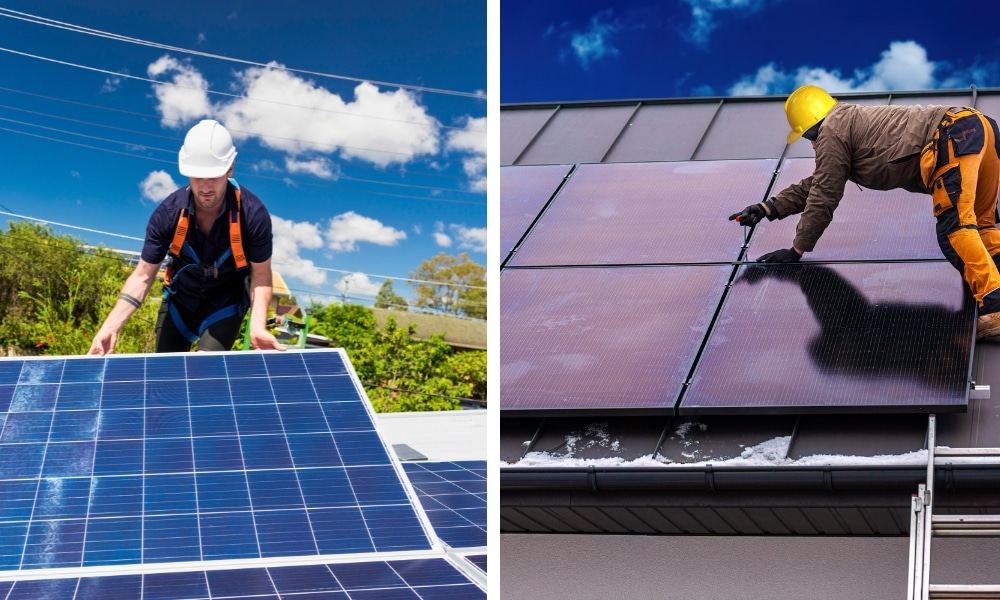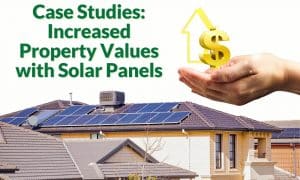The Australian sun is a powerful resource; harnessing its energy with solar panels is a fantastic way to reduce your electricity bills and environmental impact. However, with the constant advancement of solar technology, a question arises: is it worth installing older model solar panels if they’re significantly cheaper?
Both sides have compelling arguments. This article will delve into the pros and cons of opting for older solar panels in Australia, helping you decide based on your specific needs and budget.
Ready to upgrade your solar systems and take your energy savings to the next level? Embrace the energy efficiency revolution by upgrading your solar systems and adding a battery or solar inverters with Energy Matters.
With our 3 free solar quotes, you can compare plans from pre-qualified and vetted installers in your area and find the perfect solution for your home and business. Harness the sun’s power and save money on electricity bills while reducing environmental impact. Let Energy Matters guide you towards a brighter, more sustainable future.
What is an older model solar panel?
Reputable solar panel manufacturers spend millions of dollars on research and development. This leads to newer and greater technology – which can relegate their earlier models to the ‘old’ category. While the panels may still be approved by the CEC and eligible for STCs, they may not be the latest panels nor the best technology available.
Saving now vs. long-term gain: The allure of affordability
The primary advantage of older solar panels is their lower upfront cost. Technology advancements often translate to a price increase for newer models. With older panels, you can achieve a quicker return on investment (ROI) as you’ll save on your electricity bills sooner.
This affordability can be particularly attractive for budget-conscious homeowners or those with limited initial investment capital. In a country with high sunshine hours like Australia, even older panels can generate significant clean energy, leading to substantial cost savings over time.
Efficiency matters: Understanding the trade-offs
While the initial cost is lower, their efficiency is the key consideration with older panels. Newer models boast higher efficiency ratings, converting more sunlight into usable electricity. This translates to a greater energy output per square meter of panel space.
Here’s where the trade-off comes in:
Lower efficiency
Efficiency refers to the percentage of sunlight a panel converts into electricity. Newer panels boast higher efficiencies, generating more electricity per square meter of roof space. This translates to a smaller system size needed to achieve your desired energy output, potentially saving you on installation costs.
On the other hand, older solar panels have lower efficiencies, requiring more panels to generate the same amount of electricity, potentially increasing installation complexity and cost.
Degradation
Solar panels naturally degrade in efficiency over time. This degradation rate is typically lower in newer models due to advancements in materials and manufacturing processes. While older panels may still function, their electricity production will decline faster, impacting long-term energy savings.
Warranty
Most reputable solar panel manufacturers offer warranties on their products. Newer panels often come with longer warranties, offering peace of mind and protection against potential performance issues. Older panels may have shorter warranties nearing expiration or outside the warranty period altogether, leaving you with the burden of any repairs or replacements.
Technology advancements
Newer panels often incorporate innovative technologies like half-cut cells and bifacial designs. Half-cut cells offer better shade tolerance, while bifacial panels capture sunlight from both sides, increasing energy production. Older panels may have different features, potentially limiting their performance. Read more about Types of Solar Panels in Australia: A Comprehensive Guide.
Government solar incentives
In Australia, government incentives like the Small-scale Renewable Energy Scheme (SRES) offer financial rebates based on the system size and efficiency. While older panels may qualify for the SRES, the lower efficiency might translate to a reduced rebate amount.
Read more about:
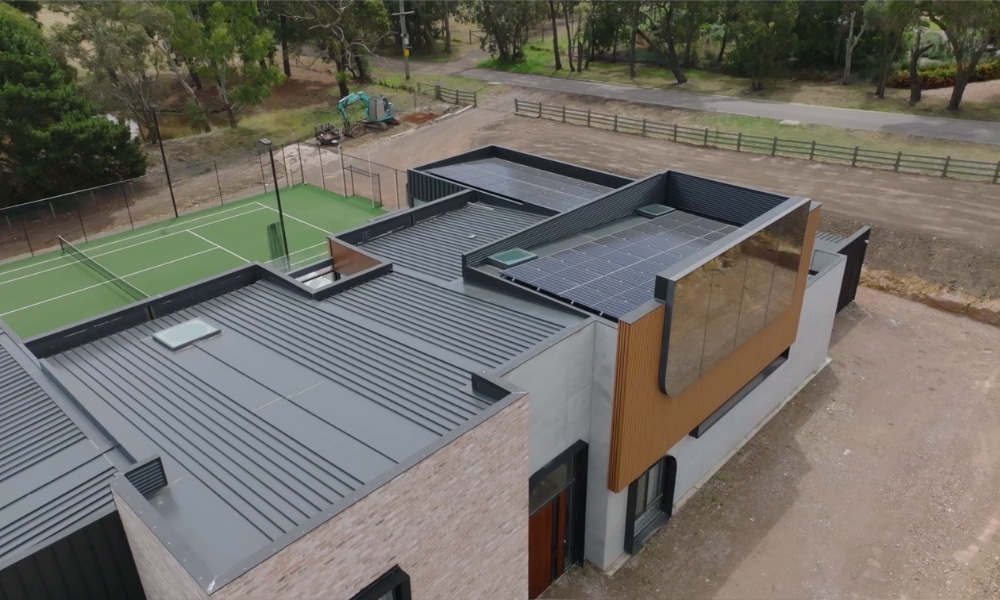
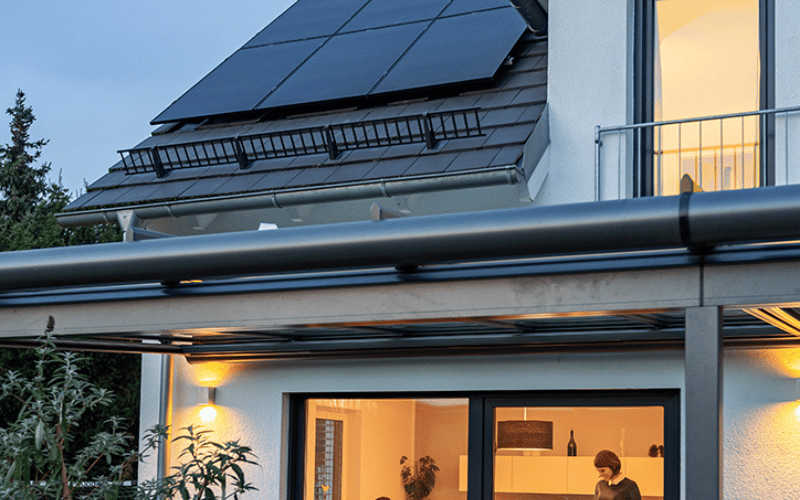
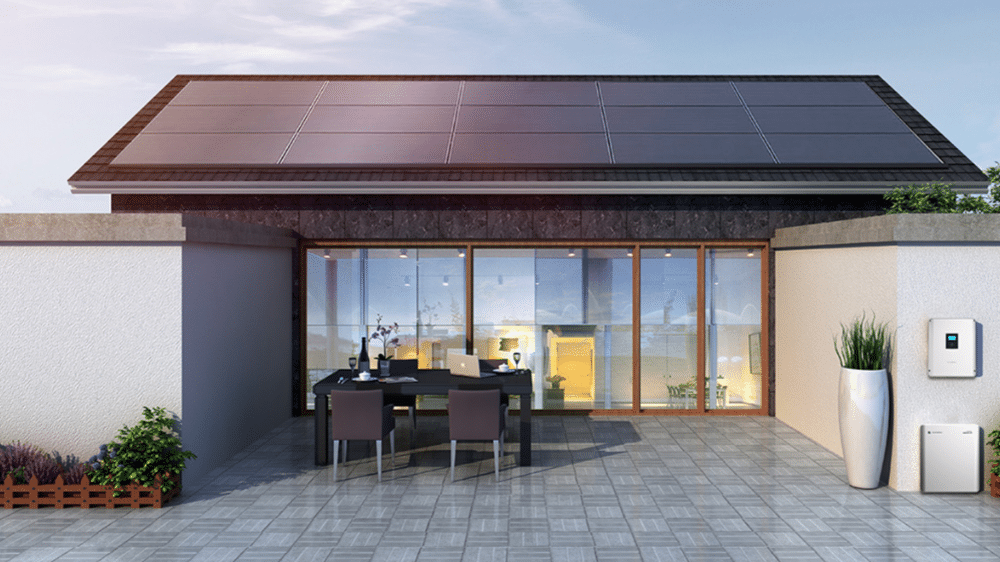
The future of solar power
Solar technology is constantly evolving, and newer panels offer bifacial design (capturing sunlight from both sides) and higher power density (generating more power per panel).
While older panels may be sufficient currently, you might miss out on future advancements that could further enhance energy production and cost savings. Upgradability can also be a factor. Newer systems might be designed to easily integrate future technologies like battery storage.
Making the right choice
So, is opting for older-model solar panels a good idea in Australia? The answer depends on your priorities and circumstances. Here’s a breakdown to help you decide:
Consider older panels if:
- You are on a tight budget and prioritise a quicker ROI.
- You live in a high sunshine area like northern Australia.
- You have ample roof space for a potentially larger panel array.
Opt for newer panels if:
- You prioritise long-term energy production and efficiency gains.
- You want a longer warranty and lower maintenance costs.
- You are interested in future-proofing your system with newer technology.
- You qualify for government rebates specific to newer, more efficient models.
Additional considerations
- Research the specific model: Not all older panels are created equal. Research the specific model you’re considering to understand its efficiency, degradation rate, and warranty details. Newer doesn’t always guarantee better—compare the specs of both newer and older models to make an informed decision.
- Consult a reputable solar installer: A qualified solar installer can assess your needs, roof space, and budget to recommend the best system for you, considering new and older panel options. They can also provide a detailed cost comparison and estimated ROI for different scenarios.
- Consider future needs: If you plan to increase your electricity consumption, factor that into your initial system design. Newer, higher-efficiency panels may be a better long-term investment.
- Compare solar quotes: Get quotes from reputable solar installers offering newer and older models. This will give you a clearer picture of each option’s cost difference and potential system size.
Ready to take control of your energy bills and switch to solar? Contact Energy Matters today, and we’ll connect you with up to 3 FREE solar quotes from trusted local solar installers!
The verdict: Weighing your options
While the initial cost savings of older panels are attractive, the long-term trade-offs in efficiency, degradation, and potential system size might outweigh the benefits. Here’s a breakdown to help you decide:
- Prioritise upfront cost: If budget is the biggest concern, older panels might be a consideration, but factor in the potential need for more panels.
- Focus on long-term savings: If you prioritise maximising electricity generation and long-term cost savings, newer, more efficient models are the better choice.
Always get quotes from reputable solar installers who can assess your needs and recommend the most suitable panel type. By weighing the pros and cons, you can make an informed choice and invest in a solar system that helps you harness the power of the Australian sun while maximising your return on investment.
Ready to go solar? Get an instant assessment
To find out how much a solar system with storage or even an EV charger will cost, try our easy-to-use solar power and battery storage calculator! It will generate performance data and possible cost savings.
We can forward your information to 3 trusted local installers in your area to obtain free, no-obligation solar quotes.
Find out how much you can expect to pay for solar
Ready to find out more? Get FREE quotes for solar, batteries + more
*Prices quoted are to be used as a guide only and do not factor in state and other rebates and incentives. Includes STC discount.
Our Energy Matters CEO, Roshan Ramnarain, will feature stunning homes installed with the latest solar technology every Saturday at 5:00 p.m. on Open Homes Australia on the 9Life channel. Be sure to watch this show; you won’t want to miss it!












